I am a beginner in Python and I have to work on a project using Numpy. I need to generate some points (e.g. one million) on one part of the surface of a cylinder. These points should be regularly distributed on a subregion of the surface defined by a given angle. How could I go about doing this?
My input parameters are:
positionof the center of cylinder (e.g.[0,0,0])the
orientationof cylinderlengthof cylinderradiusof cylinderangle(this defines the part of cylinder which the points should be distributed on it.) foralpha = 360, the whole surfacedelta_lis the distance between each two points in the length directiondelta_alphais the distance between each two points in thealpha(rotation) direction
My output parameters :
- an array containing the coordinates of all points
Could anyone help me, or give me a hint about how to do this?
Many thanks
